
The northern half of the east and west walls of the tomb and the north wall are decorated with a group of murals consisting of eight paintings, mainly featuring "figures under the tree." (Photo/Courtesy of Shanxi Provincial Institute of Archaeology)
On Tuesday, the Shanxi Provincial Institute of Archaeology announced the discovery of a "figure under the tree" mural dating back to the Tang Dynasty (618-907) in a tomb in Taiyuan, North China's Shanxi Province.
The tomb is the latest among the dated Tang Dynasty burial chambers decorated with "people under the tree" murals found in Taiyuan. The discovery is of great significance for the study of "figure under the tree" artifacts produced during the Tang Dynasty, a period in which the artistic style enjoyed considerable popularity.
The tomb was discovered by local archaeologists in August 2018 during the excavation jointly organized by he Taiyuan Institute of Cultural Relics and Archaeology and the Jinyuan District Cultural Relics Bureau in the reconstruction section of the old Jinci Road project of Taiyuan.
The tomb consists of four parts: a passage, a gate, a corridor and a main hall. The three latter parts and the four walls of the tomb chamber, including the roof and the coffin bed are all decorated with stunning well-preserved murals.
In the main chamber, the south of the east wall murals display a life scenario. On the left, the painting shows a man pushing a stone grinder while a woman is working on a mill. On the far right, the painting shows a man cooking food, with a panel in front of him. Under the panel, an iron pan sits atop a fire.
The lower left shows a man stepping on a pestle, a rice pounding tool made of wood and stone, with a bamboo basket and a dustpan made of bamboo strips placed next to the pestle.
On the right side of the painting, a woman is depicted drawing water from a well using a device for raising and lowering the bucket in a well. Finally, on the far right, the mural ends with the picture of a stove and a large steaming pot on it.
Mural painting of camels and horses on the south side of the west wall of the tomb chamber Photo: Courtesy of Shanxi Provincial Institute of Archaeology
A bit further in the mural, we can still see mountains and trees in the painting, and in the near distance, a woman in a long skirt is holding a box with both hands. Behind her, we can see a foreign trader in a yellow robe, holding the reins of the camels and horses in his hands.
Long Zhen, director of the Jinyang Ancient City Archaeological Research Institute, explained that the tomb is situated on the western slope of the mountain facing the Taiyuan prefecture. The area is an important burial area in the west of the city, as hundreds of tombs in Tang Dynasty have been discovered there.
According to the epitaph, the owner of the tomb died in the 24th year of the early reign of Emperor Xuanzong of Tang, known as the Kaiyuan era (736) at the age of 63.
Long said that "people under the tree" murals were very popular in the Taiyuan area, and they are frequently found in Tang tombs. However, one of the painting presents a rare feature, namely, the presence of two flowers that fill and complete the scene.
From an artistic standpoint, the tomb bears a striking resemblance to the burial of Wen Shenzhi, which was discovered in June 2001 in Taiyuan along with 14 cultural relics dating back to the 18th year of the Kaiyuan era (730), discovered. Given the similarities in style, archaeologists suspect both tombs may have been painted by the same artist.
Long explained that the figure under the tree depicted in the paintings, whether in appearance or clothing, remains consistent, likely representing the same individual, speculated to be the tomb's owner. Additionally, it is also possible that the content of the mural painting places the tomb's owner image within a classical reference, as a representation of his virtues.












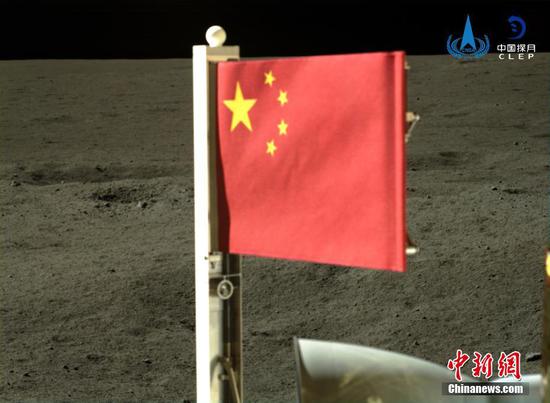


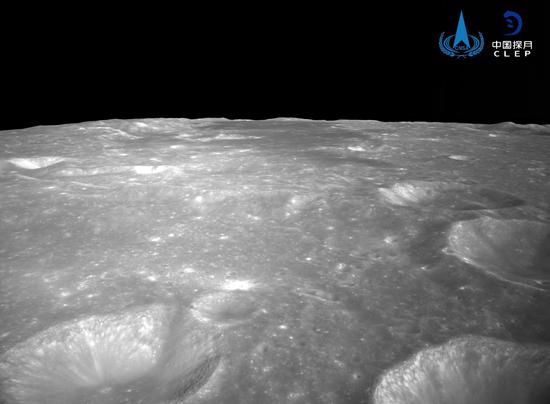
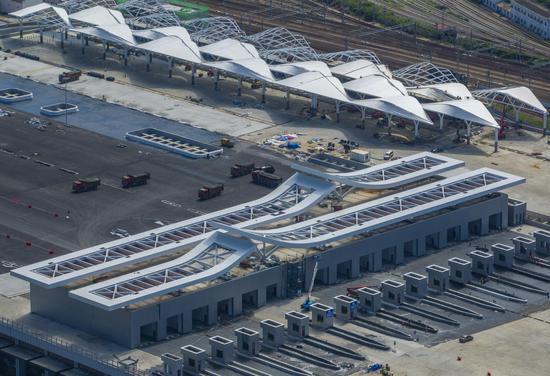
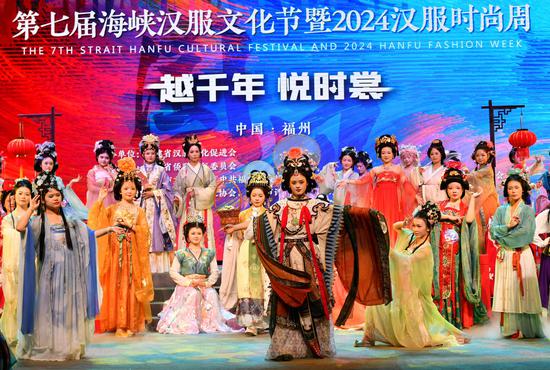

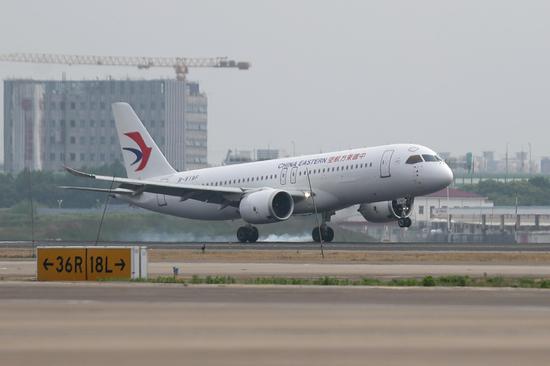


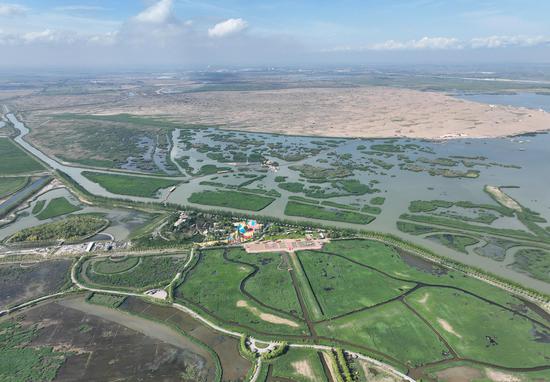



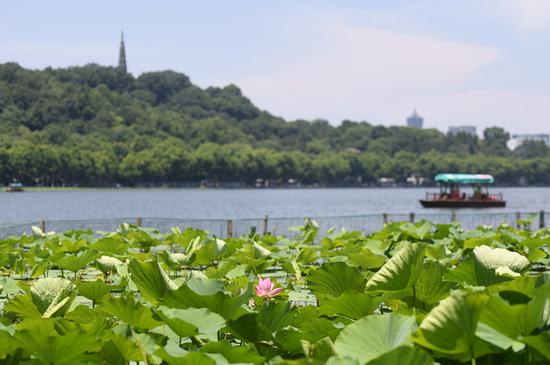
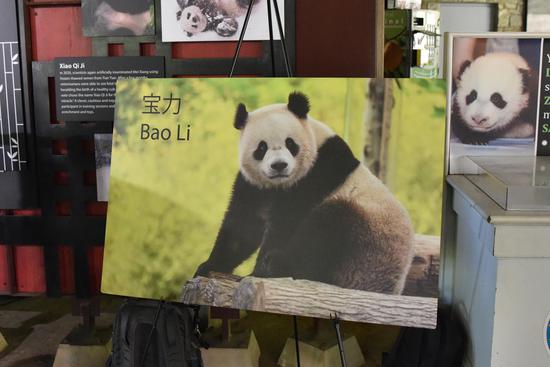

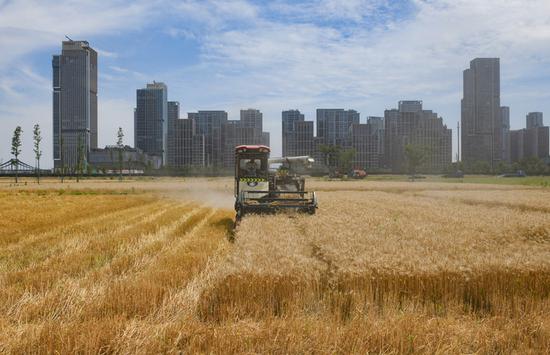



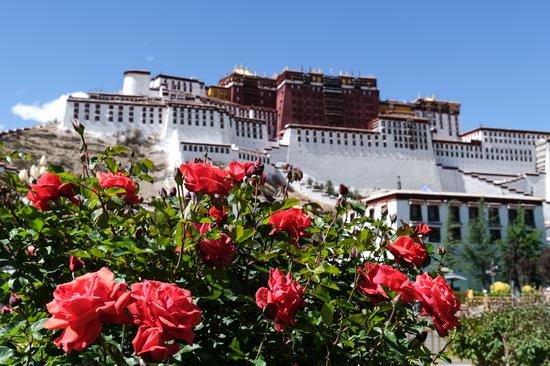
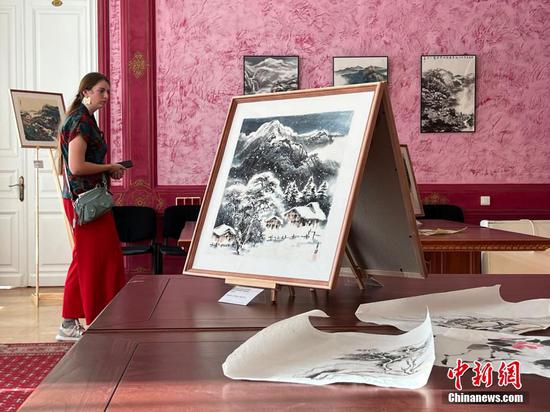

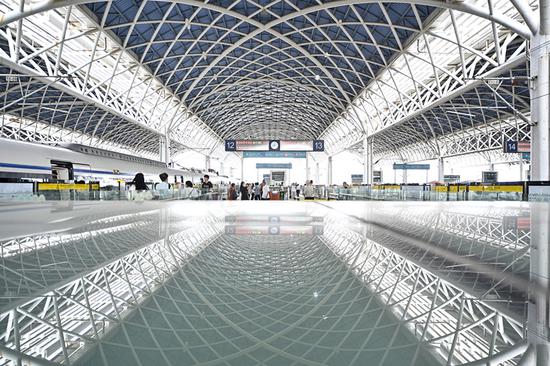
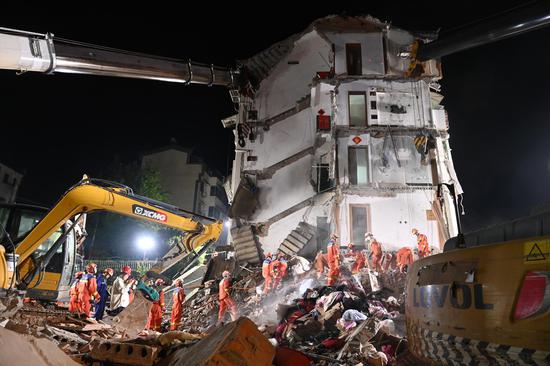
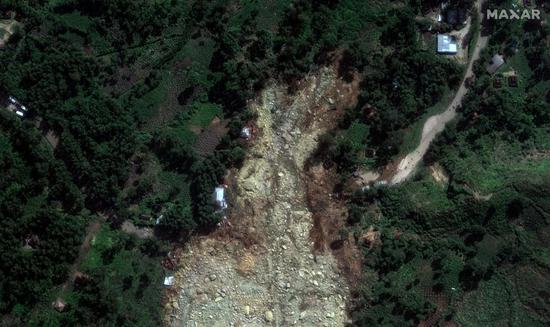

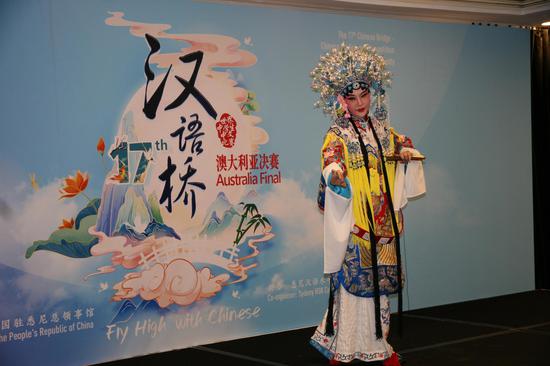







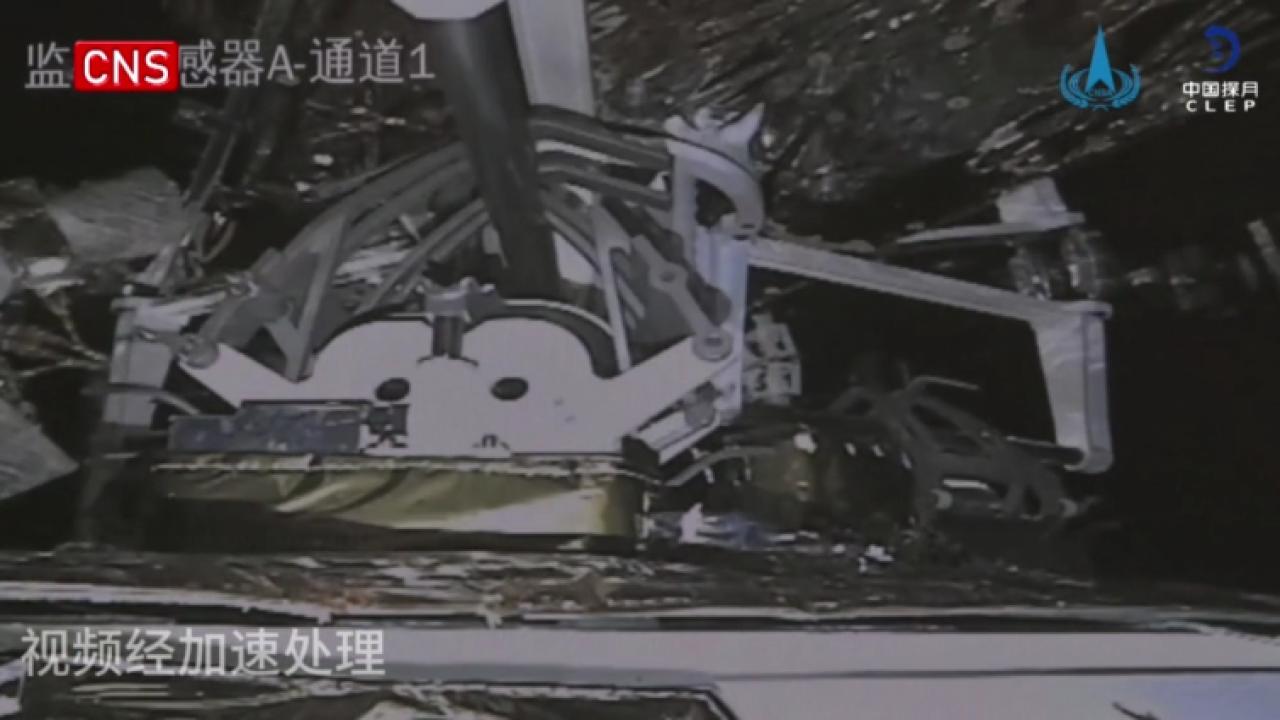

 京公网安备 11010202009201号
京公网安备 11010202009201号